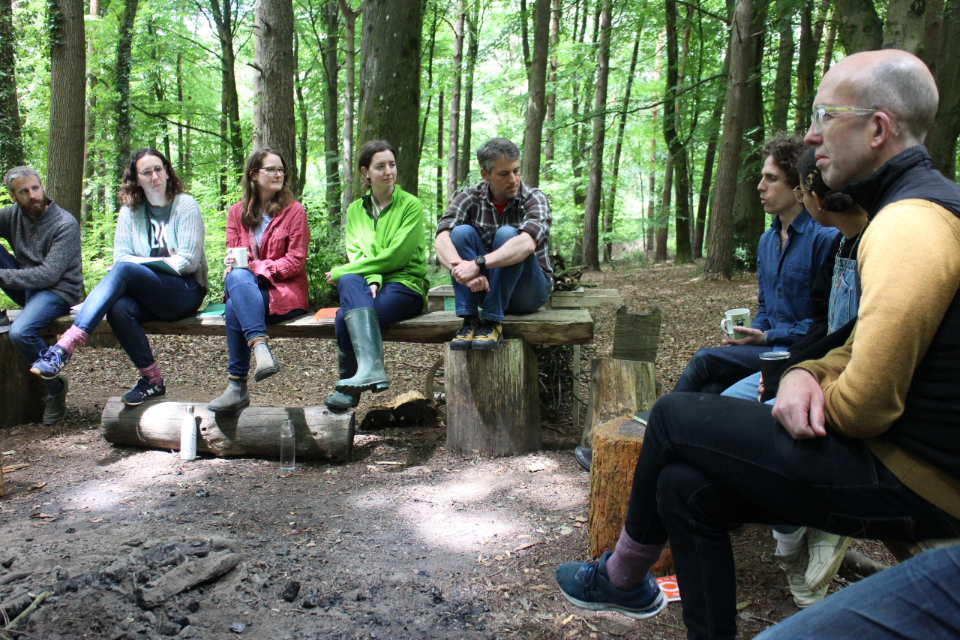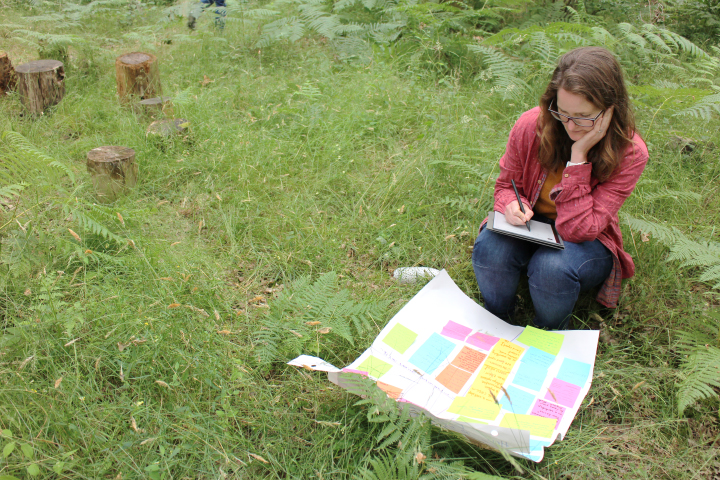Interview by Alexie Sommer
Let’s hear about Eva
Eva MacNamara is leading structural & civil engineer, and innovation consultant. She has led a career working on cutting-edge projects including bridges, buildings and art works. She is technical, creative, innovative, and holds sustainable, regenerative and low-carbon solutions high on her agenda.
Eva is Expedition Engineering’s low-carbon structures lead. She is currently running an Institution of Civil Engineer’s funded research project on the construction industry’s impact on ‘embodied biodiversity’. She is tirelessly driving towards a built environment that is net zero and underpinned by a circular economy.
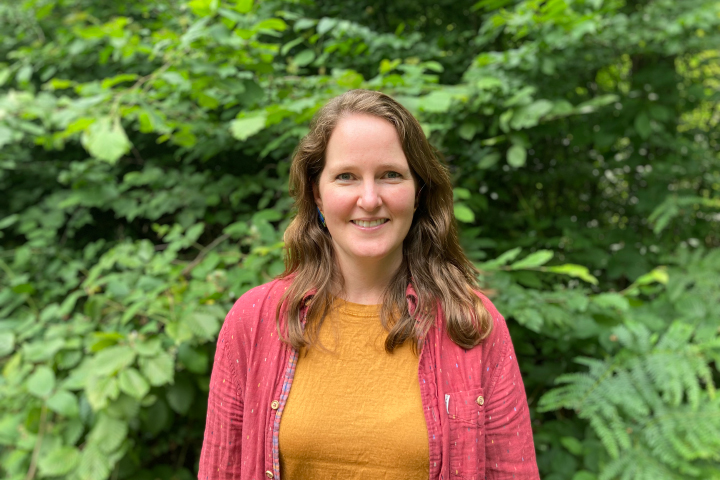
Eva joined the first cohort of the Constructivist Regenerative Design Lab. The lab is a six-month accelerator programme for leading engineering and construction industry professionals. Eva’s aim was to learn about regenerative design principles and put them into practice.
Let’s hear about Eva’s experience:
Why is the topic of Regenerative Design / Regenerative Practice important to you?
Eva M: Sustainability hasn’t sufficiently moved the industry forward. We need to go further in practice. I’m interested in how we utilise all kinds of regenerative processes to make that step change. Particularly systems thinking that was originally explored in the 60’s and 70’s. We are applying these ideas to contemporary structural engineering design.
The Lab gave me the confidence to continue to push boundaries and engage clients with the concept of regenerative design. It has also helped me look at, and question, my own systems and processes.
Do you have a favourite moment from the Lab?
Eva M: The thing I have most enjoyed is the Lab community, which is one based on trust and honesty. There is a great sense of network aligned by a common purpose to create a thriving planet. We have a shared philosophy that we can do more. Thanks to the Lab I now have a diverse group of leading Industry peers, to whom I can ask questions in a ‘safe’ space which is not led by a commercial or political agenda.
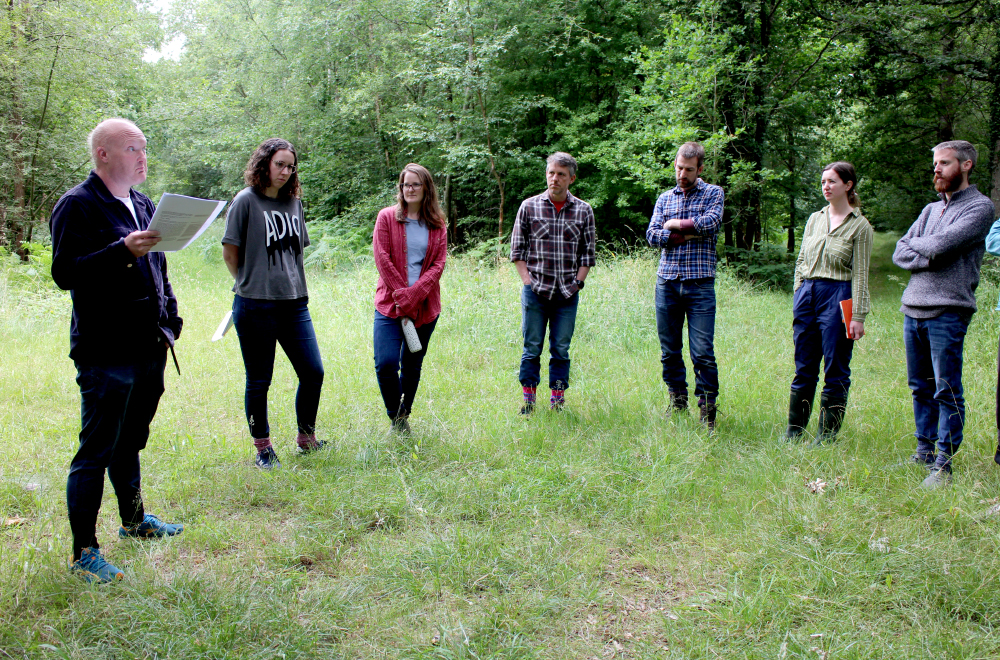
Eva’s key insights from the Lab:
What are the key things you learned / understood?
Eva M: The Lab helped me realise that regenerative design is also about the process that leads to design solutions. In fact the term ‘design’ could be misleading. It suggests a certain output whereas I learnt through the Lab that regenerative design is deeply interlinked with the methods and systems that impact the design process.
Since joining the Lab I can now help make regenerative design tangible for colleagues and clients. It has given me the knowledge, tools and mindset to make a positive change within my organisation. This was informed by having lived and breathed regenerative systems thinking during the programme.
How have you applied Regenerative practices in your work / life / company since joining?
Eva M: Taking part in the Lab helped me realise that I have no idea of the impact of construction materials on biodiversity, yet I specify materials all the time. For example we know from carbon impact data that low carbon design solutions focus primarily on re-use, and specifying low embodied carbon materials. Timber is often specified instead of concrete which has comparatively very high embodied carbon. But what happens when you bring biodiversity into the equation?
The awareness about this knowledge gap encouraged us to apply for an ICE R&D grant to investigate the embodied biodiversity impact in everyday construction materials. We were awarded the grant, research has started.
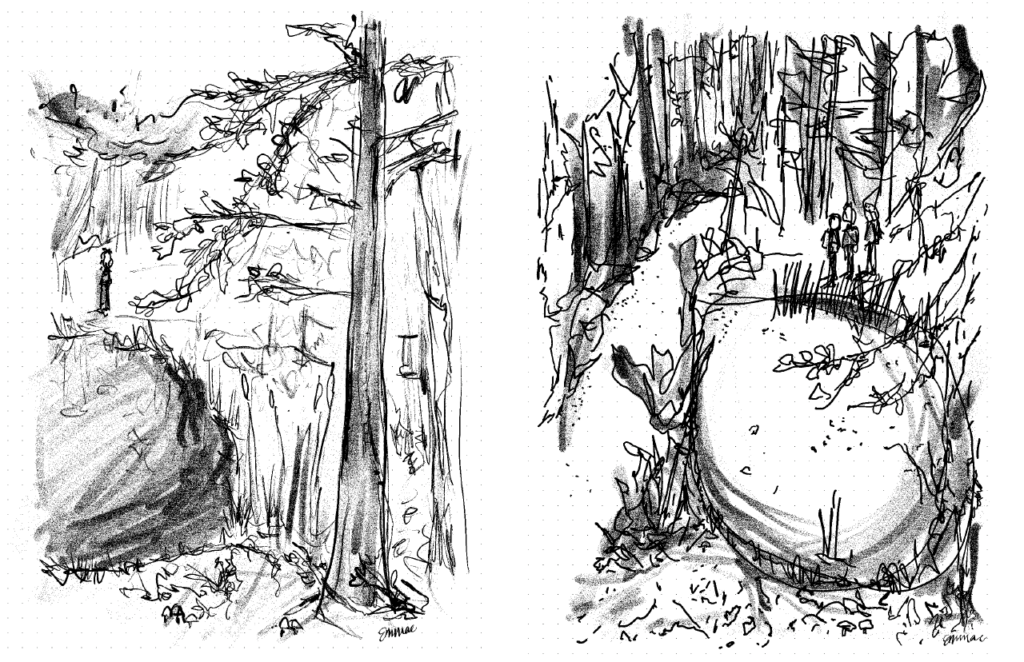
What’s interesting about joining the Lab:
Why should someone join future Regenerative Design Lab cohorts?
Eva M: If you’re interested in accelerating your understanding as to how to positively shift practice and industry, and support others to do the same, then the Lab is for you. It will provide you with the opportunity to contribute to a community that has a common regenerative purpose. You will be supported to gain knowledge, discover tools and adopt the mindset to make positive change within your organisation. It will also help you to understand how you fit into the bigger picture, and how you can engage with clients around regenerative design.
I’d advise people to join the Lab at a point in their working life where they’re looking to deepen their understanding about how we can truly improve the built environment. It is useful to be at a stage in your career where you are learning how to apply the influence you have.
What would you suggest future cohorts do to get the most out of the Lab?
Eva M: I recommend contracting with other Lab participants as early as possible during the first residential at Hazel Hill Wood. This will help to connect with, and make the most out of the community the Lab offers.
